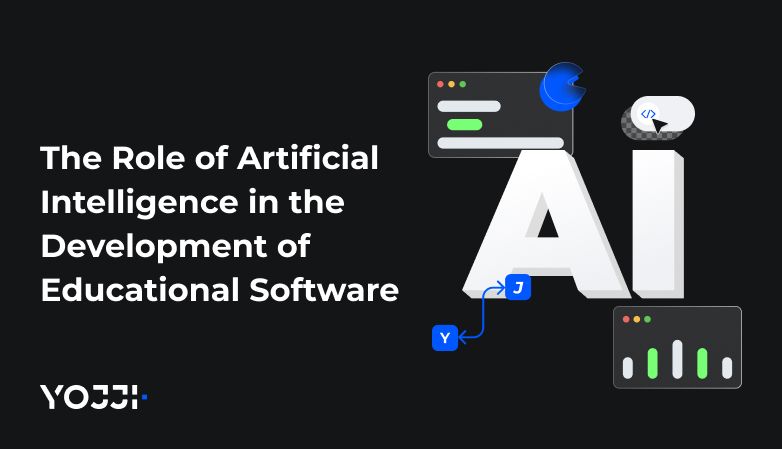Cloud solutions
5.0
Reduce capital expenditure to zero and save 20% on operational costs for optimum business efficiency
Transform your app quality with cloud advisory services
01
Cloud competencies
Amazon Web Services (AWS), GCP, and Microsoft Azure are some of the largest cloud service providers. Our company has extensive experience in implementing these cloud platforms in various projects.
02
Consulting
Consulting services include recommendations on the use of best practices, choosing the best solution for the business, optimization of various processes, and risk prevention. The company supports clients in various cloud service models (IaaS, PaaS, SaaS), provides high security, optimizes costs, and ensures migration processes.
03
Cloud migration services
Cloud migration can bring various benefits, such as improved performance, security, enhanced scalability, flexibility, cost savings, simplified management, and monitoring.
The proper framework for a cloud application is a crucial factor
Discover Cloud Application Development
Cloud software or a cloud application are services that are available remotely and hosted on the vendor’s server on behalf of the customer. Cloud solutions development has many advantages. First, cloud technologies offer a wide range of services that are constantly expanding. Second, with a variety of application deployment features, developers can set up automated application builds (code deployment, server setup, and automated testing) and can quickly and easily update the application, which improves flexibility and responsiveness. Third, by leveraging cloud systems, any piece of infrastructure can be scaled quickly and easily. Cloud services also offer the ability to build a small and inexpensive infrastructure and scale it as needed, leading to significant cost savings. Fourth, cloud applications are smaller and faster to develop because APIs provide access to third-party data sources and storage services. To meet our customers’ expectations, Yojji uses the latest tools such as Discover, Amazon Web Services, Microsoft Azure, Google Cloud Platform, CircleCI, GitHub, Terraform, Bicep, Kubernetes Docker, and many others. By utilizing these technologies, we can maintain a consistent and predictable environment during application development and deployment, which prevents many problems before they occur.
Scalable infrastructure
Our team of DevOps specialists and professional architects ensures the scalability of the infrastructure used and its flexibility. Yojji leverages various platforms (Amazon Web Services, Microsoft Azure, Google Cloud Platform) for cloud computing, API management, content storage, delivery to the database, and DNS management.
Continuous integration and deployment
As each pull request automatically generates an isolated integration environment with its database, our experts can review the code before combining it with one of the main branches. Consequently, testing and deployment processes are simplified
IaaS (Infrastructure as a Service)
The IaaS model refers to the provision of infrastructure for rent, with access to it via dedicated lines of communication or via the Internet. Infrastructure elements include virtual servers and their networking, storage, and security. IaaS is an excellent alternative to local infrastructure, which requires a significant investment in physical equipment, as well as expenses to ensure that the equipment is operational and up-to-date. With IaaS, you can buy only what you need at the start of your project, and then buy more as your business grows. The main advantages of IaaS solutions are high flexibility and scalability.
PaaS (Platform as a Service)
PaaS provides various hardware and software tools to build applications. This model allows developers to create unique applications without spending time and money on writing extensive code. Besides, all necessary system components can be easily scaled up, depending on the customer’s application needs.
SaaS (Software as a Service)
SaaS allows you to host all the data you need for a set monthly fee. No software applications need to be installed and run, and the software can be accessed at any time from any device over the Internet. SaaS offers both an out-of-the-box solution that can be up and running in hours, and maintenance, compliance, and security services for digital solutions.
What are the differences between IaaS, PaaS, and SaaS?
IaaS provides a shared data center as well as a high level of flexibility for hosting custom-built applications. PaaS allows developers to focus on application development rather than infrastructure management. SaaS provides a ready-to-use, cloud-based application that meets specific business needs.
Frequently asked questions
Here are a few commonly asked questions you may have now.
You may also be interested
QA
Manual
Automation
Test Documentation
Web development
01
02
03
Yojji successfully delivered the project within schedule. They demonstrated excellent project management via weekly sprint demos and promptly made adjustments based on the client's feedback. Their responsiveness and collaborative attitude were key elements of their work.

5.0
Yojji was an instrumental part of the client’s team, working closely with them to achieve the product’s success. The team was very collaborative and timely, and their performance was amazing. Additionally, their resources were experienced, professional, and enjoyable to work with.

5.0
Yojii is impressive both in quality of development work as well as their commitment. Strong focus on delivery, highly technical personnel, flexible approach that allows for rapid development. Strong processes that allow for solid controls.

5.0
We’re very happy with the way that Yojji works, which is why we’ve spent so much money and engaged them for such a long time. We treat them as employees in regard to responsibilities and expectations, and they haven’t disappointed us.

5.0
As a company, we find Yojji to be excellent development partners - we cannot recommend them more highly and will be very happy to continue working with them in the future.

5.0
They are really nice people with excellent technical backgrounds.

5.0
We used Agile project management methodology and were in contact with the team and project manager daily.

5.0
They all had a super positive outlook and were dedicated to getting the work completed to a high standard.

5.0
Yojji has delivered an accessible product with thorough consideration for the client's requirements. Users have commented on the platform's user-friendliness and speed. Moreover, the team is easy to communicate with and provides frequent updates. Their development and design skills are impressive.

5.0




